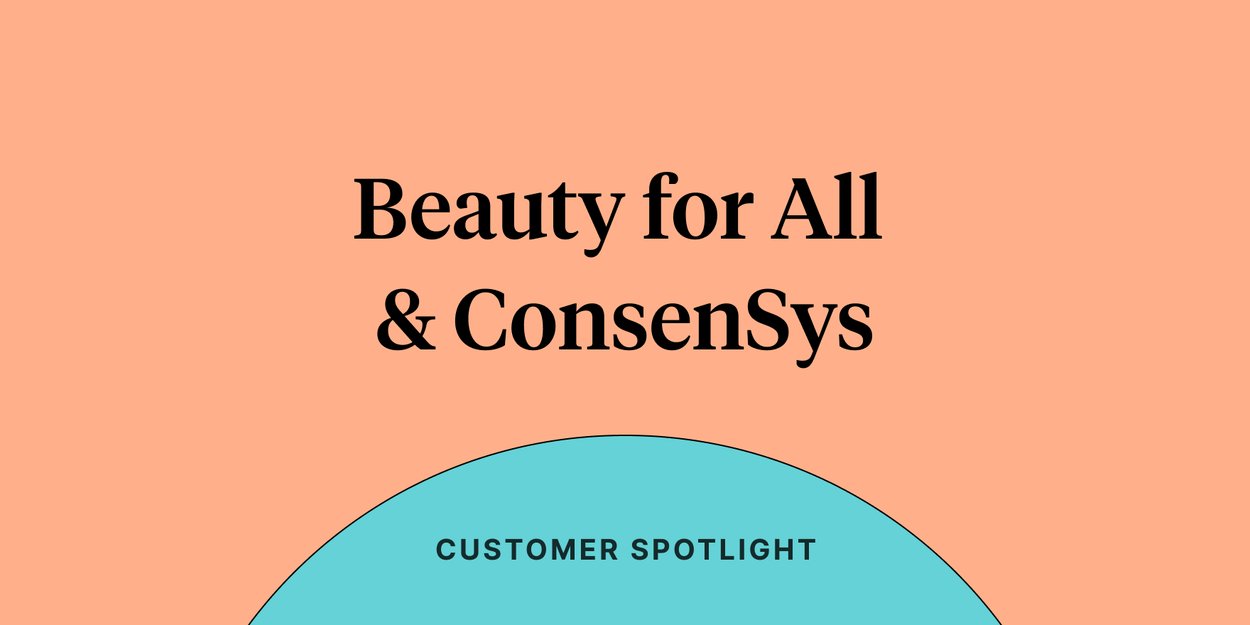
Written by

The employee experience platform
The last few years have been a reckoning – affecting how people relate to work, the workplace, and themselves. In the wake of a global pandemic and the anti-racism movement in the United States, companies are taking up the renewed charge to not only better understand and improve diversity, equity, and inclusion efforts internally but also foster a sense of belonging among employees. Fostering belonging is especially critical as companies are called on to formalize their commitment to DEI while simultaneously adapting to the realities of remote and hybrid work.
Progressive companies are taking proactive measures by adding DEI, belonging, and engagement goals to their OKRs and using employee feedback and data analytics to create an inclusive and intentional workplace that aligns with their overall mission.
At Culture First Americas 2022, we invited Amanda Keleher, Chief People Officer at ConsenSys, and Peter Mostachetti, Director of Organization, Learning & Inclusion at Beauty for All Industries, to discuss what it takes to build a culture of belonging that engages employees – even when working in a distributed workforce. Here are the top takeaways from their conversation.
5 tips for fostering belonging at work
1. Know your mission
Both Keleher and Mostachetti said that the first step to a culture of belonging is having a deep understanding of your company’s mission, so that you can be sure to reflect it in your internal messaging and infuse it throughout your company culture. The reason? Data from The Great Resignation suggests employees are looking for more humanity and purpose in their work, and employees that do find it are more productive, more resilient, more engaged, and more likely to stay at your company.
Take Beauty for All, whose mission is to enable everyone to express their unique beauty. According to Mostachetti, it's a mission of inclusion that also lies at the core of the company’s people operations. From the language they use to the accessibility of all internal events, Beauty for All makes a point of ensuring everybody feels welcome and has a space to be heard.
ConsenSys, meanwhile, is working to unlock the collaborative power of communities by making Web3 universally easy to use, access, and build on with its Ethereum blockchain software. According to Keleher, the company’s entire product suite is rooted in the tenets of decentralization, transparency, and innovation, and those same values carry through to ConsenSys’s internal approach to its people.
Keleher and Mostachetti agreed that when employees are aligned with their company’s mission, they have a better sense of belonging and feel like the work that they do is important.
“It doesn't matter where they are in the world. If they're aligned with our purpose, we're going to get them engaged. It may be a little bumpy based on locations, but if they're aligned with their purpose, that's most of the battle,” Mostachetti said.
2. Measure everything
From there, you’ll want to collect as much data as you can, which can help you understand your baseline and identify a path forward.
Beauty for All used Culture Amp to conduct an engagement survey aimed at figuring out where to focus their DEI and belonging efforts. Engagement surveys are useful because they don’t just give you numbers; they paint a picture of what matters to the people in your organization, what’s going well, and where there are pain points. Integrating this data into your DEI and belonging strategy can help you identify the areas driving engagement at your organization and the areas most in need of attention. In turn, you can approach DEI and belonging initiatives more precisely and better effect meaningful change.
“We had a 92% response rate to our engagement survey,” said Mostachetti. “So, our employees really want us to know what they're thinking about. And, analyzing that data, we came up with [three] themes of areas that we wanted to focus on.”
Keleher stressed the importance of also measuring the demographics of your employees to reveal disparities in engagement survey results across groups. This can show you where the employee experience might be lacking for employees of specific backgrounds.
3. Determine your focus
Trying to accomplish too many things at once will only diffuse the impact of your DEI and belonging efforts. Instead, take a cue from Keleher and use the data you gathered to pick one to two areas to start.
As a tech company, ConsenSys recognized that women are underrepresented in their industry, so they chose to focus on gender.
“By establishing a clear focus on gender representation, we could prioritize measuring every aspect of it, moving the needle on it, and communicating it back to the company. That builds trust, and that builds momentum. You also learn a lot as you're doing that, that it's quite transferrable as you build out your entire program,” said Keleher.
Staying focused can also mean taking small steps, which can be just as powerful as grander efforts. Beauty for All made a $50 million investment in Black and Latinx brands as part of their DEI program but also saw big gains from a relatively inexpensive employee appreciation effort called “Hey Taco,” which encourages employees to send taco emoticons to each other over Slack as a way of saying thank you.
“That Slack channel grew to over 560 individuals at last reporting,” said Mostachetti. “This thing is the most active channel in Slack. [Our employees] are out there daily, and they just love giving each other tacos. They love saying thank you. They love recognizing their peers, and letting them know what a great job they did for them … As a result, when we did our pulse survey, our feedback and recognition factor went up by five percentage points.”
4. Fail fast: Don’t be afraid to experiment
Keleher and Mostachetti underscored the importance of not holding on to programs and initiatives that aren’t working, even if you made a significant investment.
“You might think something's going to work, and it doesn't. It's okay. We're dealing with human beings, and sometimes you have to try a few times,” Keleher said.
If you do decide to toss out an idea and start fresh, you should still gather useful information about what didn’t work and course-correct. “We're constantly looking at the numbers,” Mostachetti said. “Are the numbers going up? Are they going down? What is resonating with folks, as far as activities and events?” Approached in this way, even a “failed” initiative can be valuable to your long-term success.
5. Clear is kind: Be transparent
Open communication is key when it comes to building an inclusive culture of belonging. When you are transparent about your priorities and problem areas, it builds trust with employees and ensures everyone hears the same story. Without this communication, employees may feel in the dark or form their own narratives, which may not be accurate. That can breed uncertainty and anxiety, undermining the employee experience you want to build.
Both Beauty for All and ConsenSys rolled their belonging and DEI initiatives into their OKRs and publish quarterly reports on their progress for accountability. “Even when we weren't moving the needle, it was still powerful, because we were able to show that we were going to be fully transparent in everything that we did,” Keleher said.
Transparency goes beyond reports, too. It’s also about having your leadership team available for honest conversations. Beauty for All has had great success with weekly all-hands meetings, where employees can ask senior management direct and pointed questions about the company and its future. This creates space to discuss ideas and set clear expectations that align with your company’s mission.
It’s also important to be transparent about the reality we’re all living and working in. Acknowledging that these are challenging times is just as important to fostering belonging in the workplace as formal programs.
“One of the first things I started doing here at Beauty for All in workshops and professional development was talking about mental health,” Mostachetti said. “Boundaries are huge. Most people do not have great boundaries. Helping to enable folks around their boundaries, so that they can say no when they need to – to avoid burnout – it's a game changer.”
Be intentional about belonging and DEI
When it comes to diversity, equity, inclusion, and belonging, remember that it’s essential to learn as you go and understand that anything you do is one step of a larger, evolving journey. Change won’t happen overnight, but it will happen if you crunch the numbers, connect the dots, and lead with transparency.
“Be intentional around every single thing that you do. We use that word a lot, and it's just this powerful reminder to really put a lot of intention around what you're doing, and it will translate out,” Keleher said.



